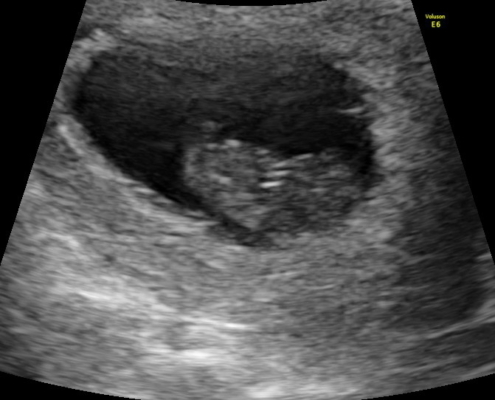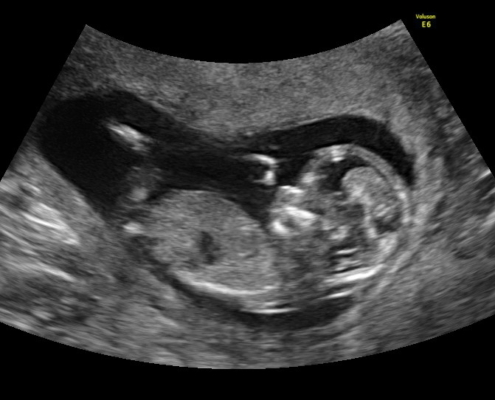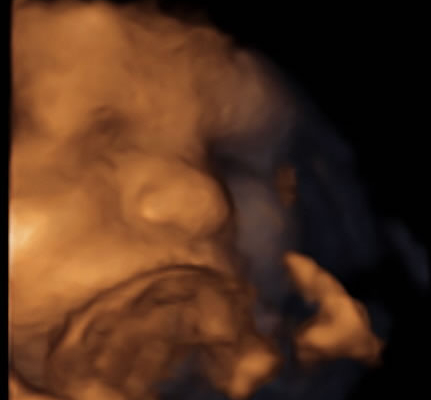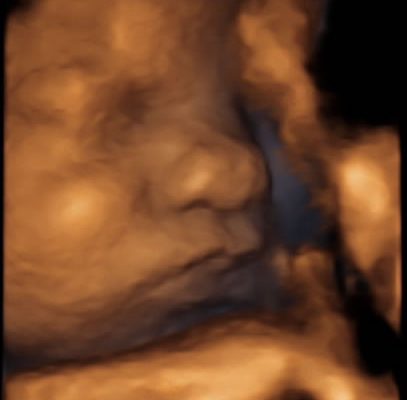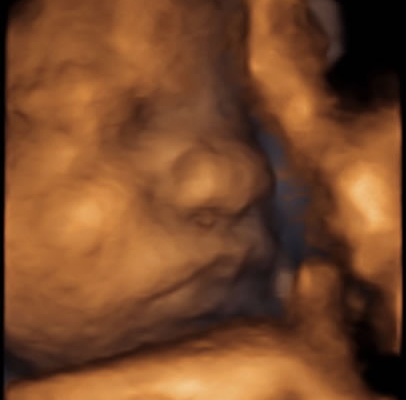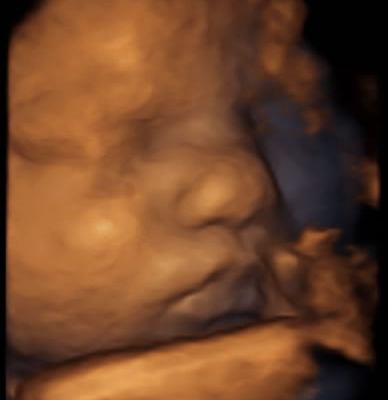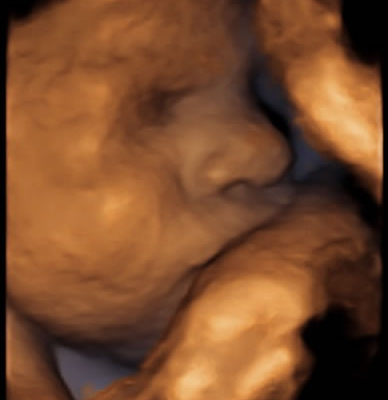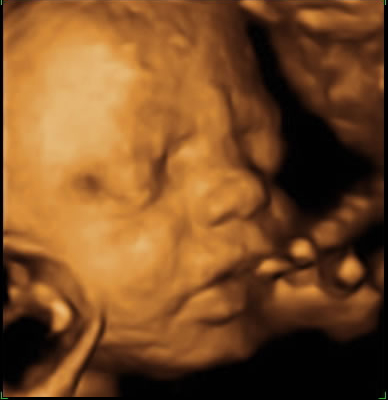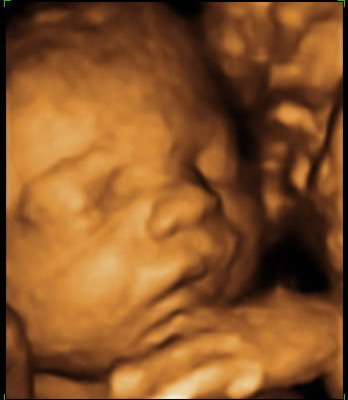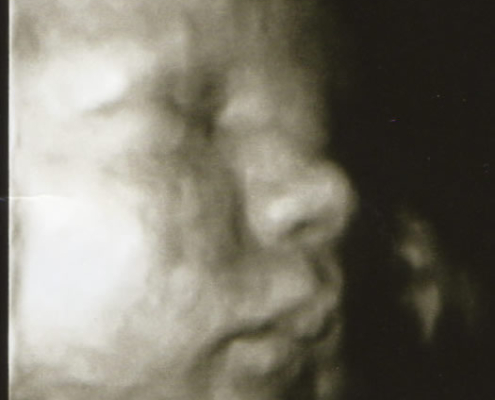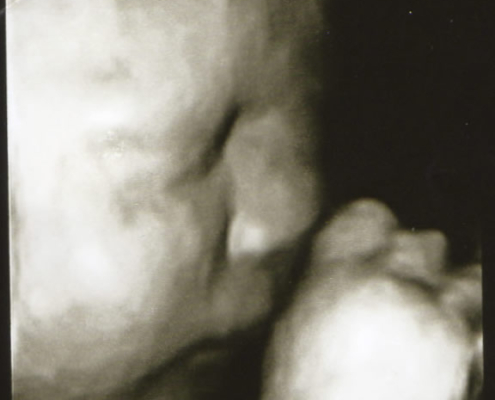3-D & 4-D ultrasound is developed, based on 2-D ultrasound pictures, taken in several directions.
3-D ultrasound allows one to see length, breadth and height in one picture; but it does not show any movement.
4-D ultrasound shows the fetus in movement, using 3-dimensional photographs. The fourth dimension represents time.
3D/4D can be used through the whole pregnancy and is a good way of showing the fetus. For close-up pictures of the face it`s recommended around week 28-32.
In this exam I will also do an estimation of the growth/est weight of the fetus, as well as cheque the fetal water and position.
In order to obtain good 3-D and 4-D pictures or film, it is important that:
- the fetus is surrounded by amniotic fluids in the area that is being photographed, as fluids provide a “window” to the fetus.
- the fetus is lying in a position which is accessible. For example, that means
- that the fetus cannot have its face pushed against the wall of the uterus or behind the mother’s spine.
- the mother does not have a layer of fat below the surface of her skin, because fat disperses sound waves, and then the ultrasound pictures become fuzzy.
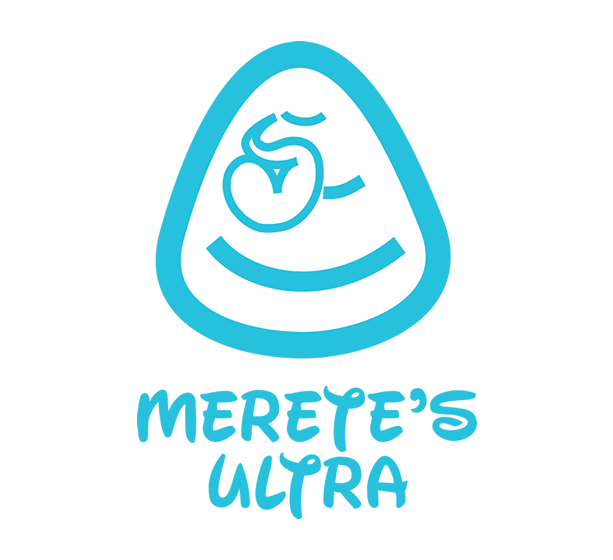



![12UKERGAMMELTFOSTER_2[1]](https://www.meretesultra.no/wp-content/uploads/2020/10/1220UKER20GAMMELT20FOSTER_21-495x400.jpg)
![12UKERGAMMELTFOSTER_1[1]](https://www.meretesultra.no/wp-content/uploads/2020/10/1220UKER20GAMMELT20FOSTER_11-495x400.jpg)
